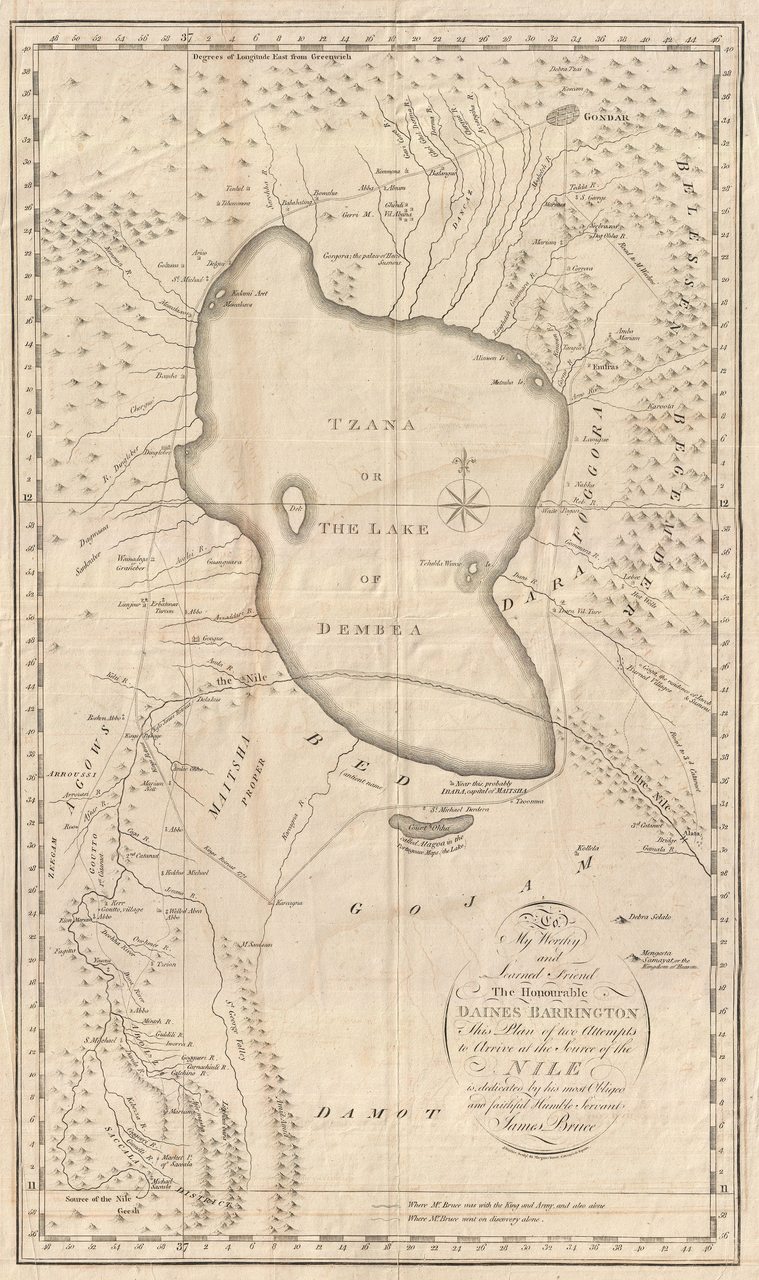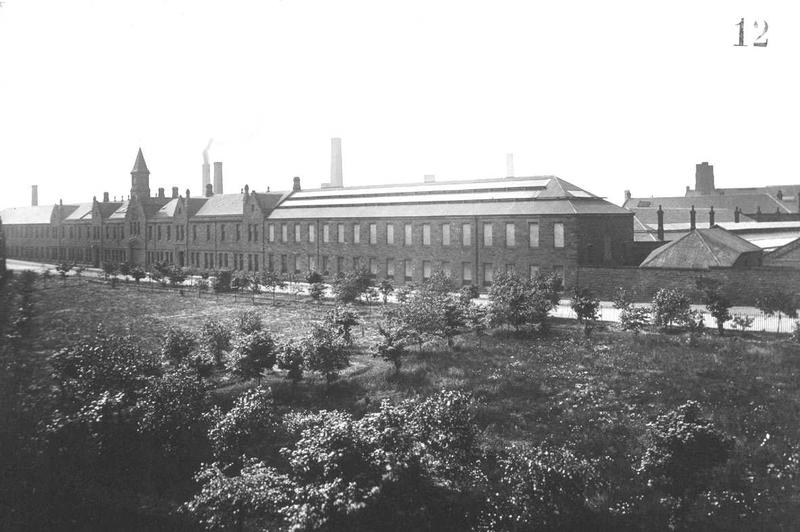Falkirk Made Friends (FMF) are developing an iron history discovery trail and working to ensure a better understanding of the surviving iron related locations. In the case of the Carron Company Clock Tower, the clock and entrance gates are part of the sole surviving tower of the Carron works foundry complex, the origin of the coal-fuelled iron industry in Scotland. The founders of Carron Co. turned the domestic heat on in Scotland, played a major part in starting the industrial revolution and moulded the area into a furnace of innovative engineering activity. The iron workers developed innovative designs for new products that improved many basic necessities of public health, including cooking, heating, cleanliness and sanitation.
Carron Co. the Founding Foundry
Carron Co. provided the vital iron engineering roots for the growth of foundries. Many famous foundries were started by ambitious people trained at Carron Co., including the founders of Falkirk Iron Co., M. Cockburn’s, Grahamston, McDowall Steven, Callendar Abbots, and Smith & Wellstood. The area became a furnace of iron engineering excellence which seeded new foundry townships along the Forth and Clyde canal into Camelon and Bonnybridge, then with rail to Bo’ness and Denny. Across Scotland, Carron Co.’s engineers founded others including the Sun, Lion & Clyde Ironworks. Abroad, they directly assisted iron developments in the Russia of Catherine the Great, and Eastern Europe. At home, Carron Co. remained independent until its closure in 1982. It was overtaken in size when, in 1929, a partnership of Falkirk and Midland foundries created Allied Ironfounders Co., which included Carron Co.’s historic competitors Falkirk Iron Co., and Shropshire based Darby’s of Coalbrookdale. However, whether in partnership or in competition, the foundries provided the public with hundreds of thousands of useful, and more efficient, products – many still made today - which had a positive impact on improving public health.
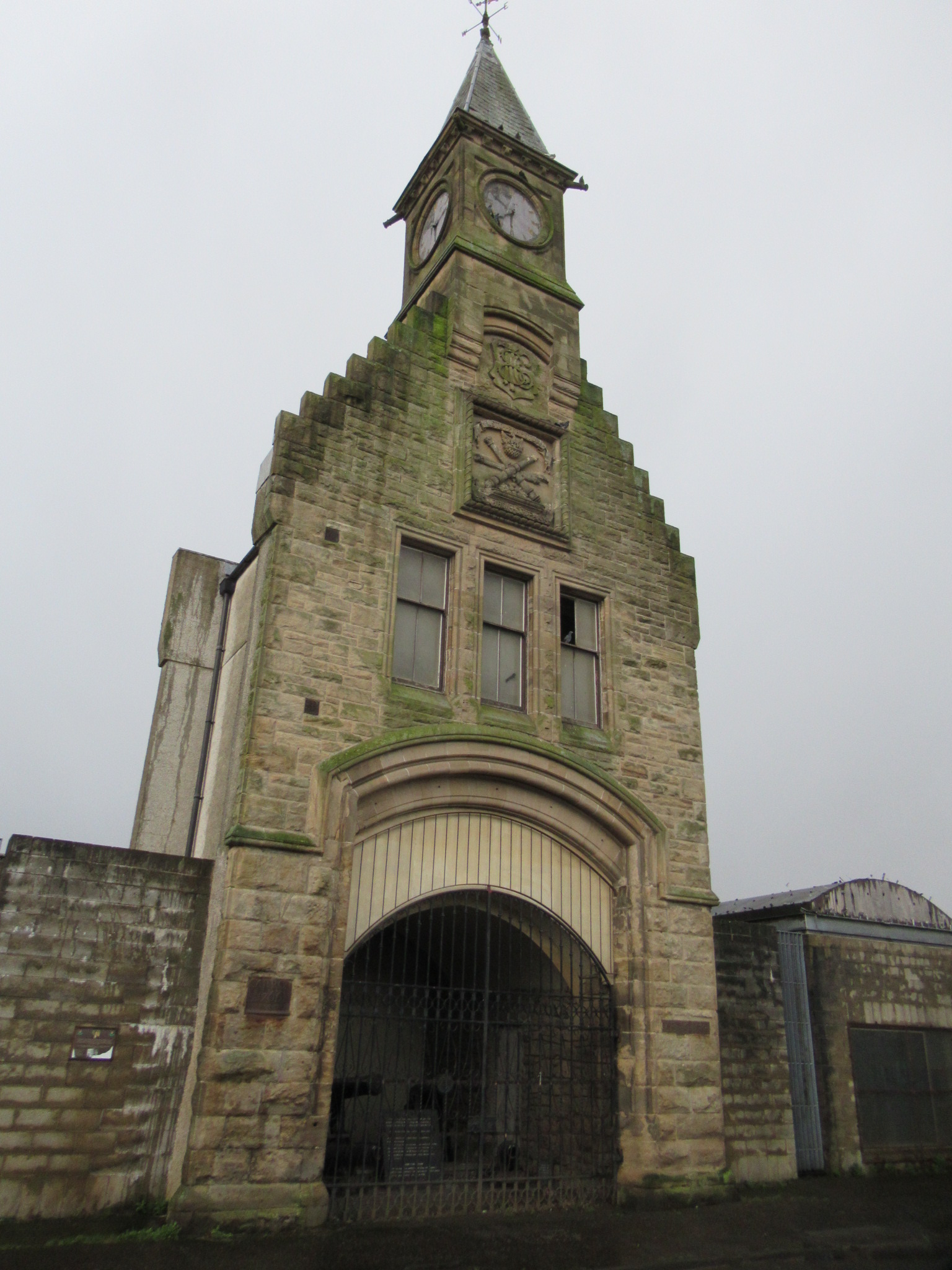

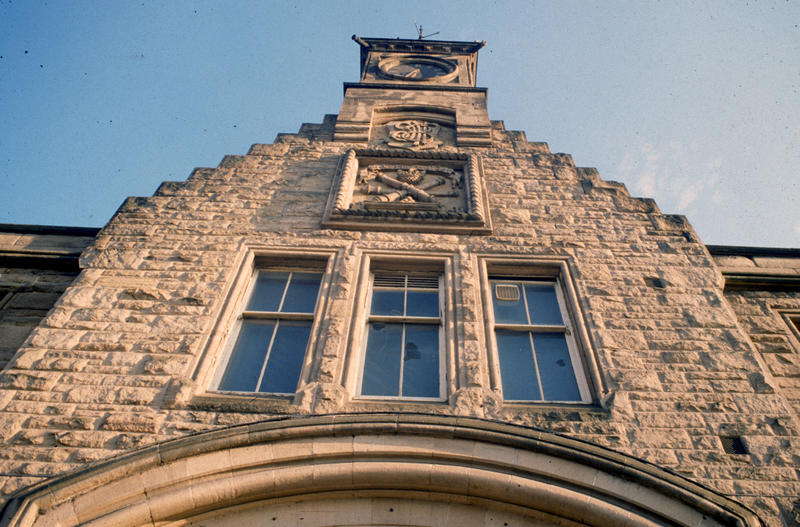

Carron Co. – A Better World
Today, Carron Co.’s well known and treasured telephone and letter boxes are but the tips of an iceberg in public service and domestic goods, which improved public health. These include: fireplaces, hob, stoves, ranges, water heaters, baths, cisterns, windows, water supplies and sanitary drainage. Essentially the foundries contributed to a social revolution in domestic living conditions with the, now basic standard, development of the kitchen and bathroom, which helped transform the living conditions of so many people. The Tower stands as a solid symbol of the contribution to the community, for the role the iron workers of the Falkirk area had in moulding a better society.
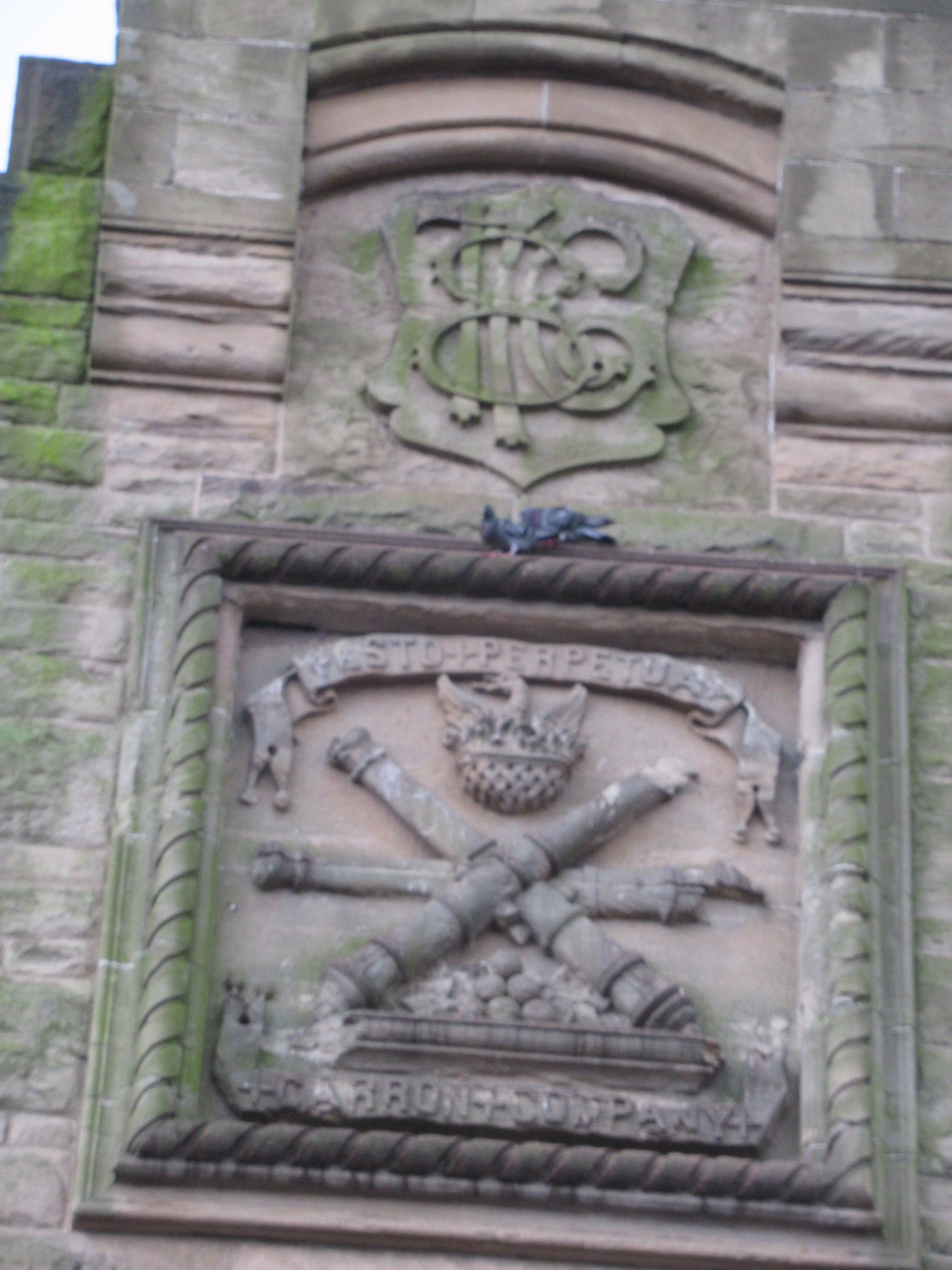

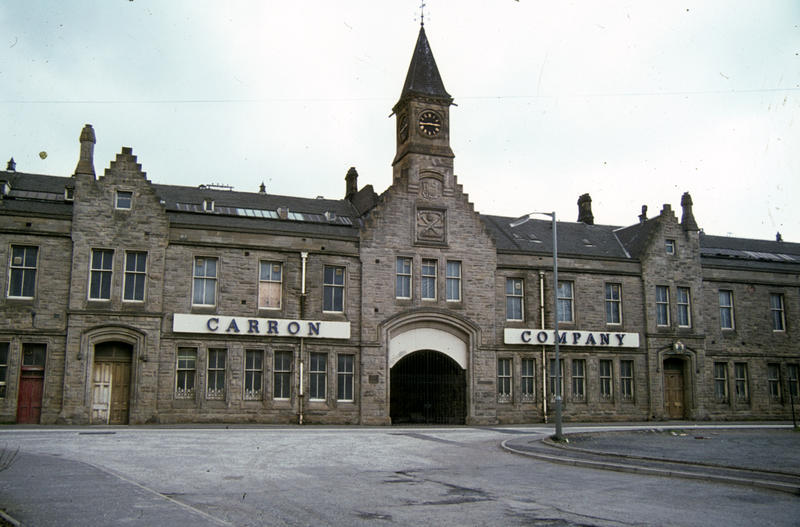

Clock Tower – Symbol of Progress
The Clock Tower was part of a major redevelopment of Carron Company in the mid-1870s, in an era when clocks on public buildings were the only way of accurately measuring time. However the clock tower was not only to regulate time. Flanked by long rows of offices and warehouses, it was the focus of an entrance presenting a new image of the works, an updated and inclusive idea, a unity of purpose between working, making and managing, together in one harmonious unified design. The furnaces, cupolas, production facilities and hanger sized sheds were now enclosed within a uniform front boundary with the tower as it centrepiece, celebrating the aspirations of Carron Co. – to make useful products efficiently and ensure the survival of the business. In a new building with both a traditional Scots style of architecture – a style that flourished in Falkirk, a town with a now solid confidence in its contribution to society – and a desire to present a renewed and confident face to the world.
Esto Perpetua
Other aspects of the tower reveal historical meanings. Under the clock dial is an intricate carved 1876, the date the tower and accompanying buildings were built. Under this you can see the skilfully carved masonry version of the 1774 Carron Company seal. The three crossed cannons with cannon balls refers to the Company’s earlier ambition to supply military ordnance. The accompanying phoenix rising from a nest in flames has many meanings that intrigue the imagination – is it symbolic of the triumph over adversity or the birth of something fantastic? The Latin motto “Esto Perpetua,” variously translates as “be thou forever” or “may it be perpetual.” Why did the founders think that they could claim to live forever? The meanings of this seal will continue to puzzle, yet one of the more obvious meanings is that iron is created from flame, and that it is a metal resilient to time.
Industrial Revolution
The clock tower is now but a remnant of a once magnificent complex of a building, yet, however truncated, it still communicates considerable historical meaning. The crow step gables of the clock tower are a lingering connection to the Scots Baronial style of the demolished buildings, and suggestive of a stairway connecting together the historical achievements of Carron Co. The iron carronades and long cannons, displayed inside the gateway, are dramatic and poignant reminders that the foundry also contributed to ensuring peace.
In the tower walls are pieces of what appears to be scrap iron, yet once their origins are understood they can be understood as solid representations of achievement. On one side of the gateway is an original remnant of an iron casting which was part of the first blast furnace dated 1760. On the other side is part of an iron cylinder made for James Watt in 1766. These scraps memorialise the first the early stages of the industrial revolution in Scotland. The Carron Co. worked with James Watt to perfect an efficient steam engine piston cylinder when he experimented with his idea for a steam condenser, a critical innovation for the steam engine, which powered the industrial revolution and began the modern age of technological and social developments. Arguably, it is time to reflect on how the clock tower represents powerful meanings about innovation and public health, and deserves to be celebrated as a tower of achievement.
By Dr. Duncan Comrie, Falkirk Made Friends, 28 January 2021.
